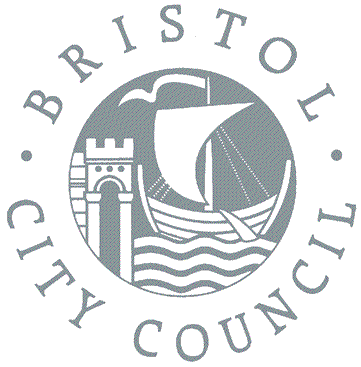Bristol Harbour Railway Viaduct and The George & Railway Hotel Stables
During September and October 2011 BaRAS carried out a watching brief during demolition of a derelict late 19th-century railway viaduct and adjoining building at Temple Gate in Bristol.
The site is situated directly above the line of the Portwall — a 13th century defensive structure which defined the southern edge of the medieval town. Previous archaeological investigations have shown that parts of the Portwall and other well-preserved medieval and post-medieval archaeological features survive close to the present ground surface.

Bristol Harbour Railway viaduct
The railway viaduct was built as part of a freight line, known as the Bristol Harbour Railway, which provided a link between the Floating Harbour and the national rail network. Work on the line began in 1868 and was completed in 1872. Between the elevated platform at Temple Meads and Pump Lane the line was carried by a brick-built, arched viaduct. At Pump Lane the line entered a tunnel, emerging near Bathurst Basin on the south side of the harbour. Parts of the line, from Bristol’s new M Shed museum to the Create Centre remain in use as a preserved railway.

The George & Railway Hotel, Bristol
Most of the arches under the viaduct were originally used as stables for the adjacent George & Railway Hotel. These soon proved to be insufficient for the hotel’s needs and in the early 1880s an extensive new brick-built stable block was built on the north side of the viaduct. This building had a clear-span corrugated-iron roof and was later adapted for use as a garage and car showroom, leaving few obvious traces of its original function.
The Harbour Railway closed in 1964 and over the years the bridges and viaducts between Redcliffe and Temple Meads have gradually been demolished. A permanent record has now been made of the structures which once formed a vital part of Bristol’s commercial infrastructure and it also reminds us of the importance of horses in towns before the advent of motorized transport.
Tags: bristol, industrial, railway
- Categories
- Events
Excavations
Finds
Survey
BaRAS is registered as an organisation with the Chartered Institute for Archaeologists
All material © copyright BaRAS 2004 – 2016




